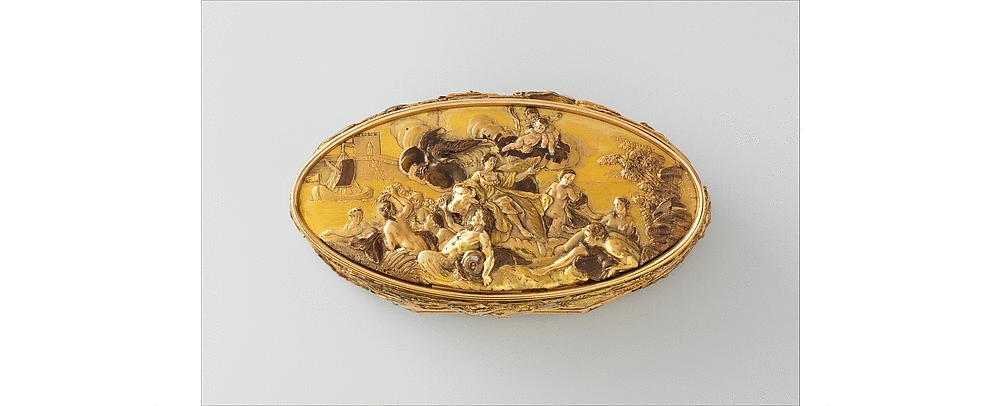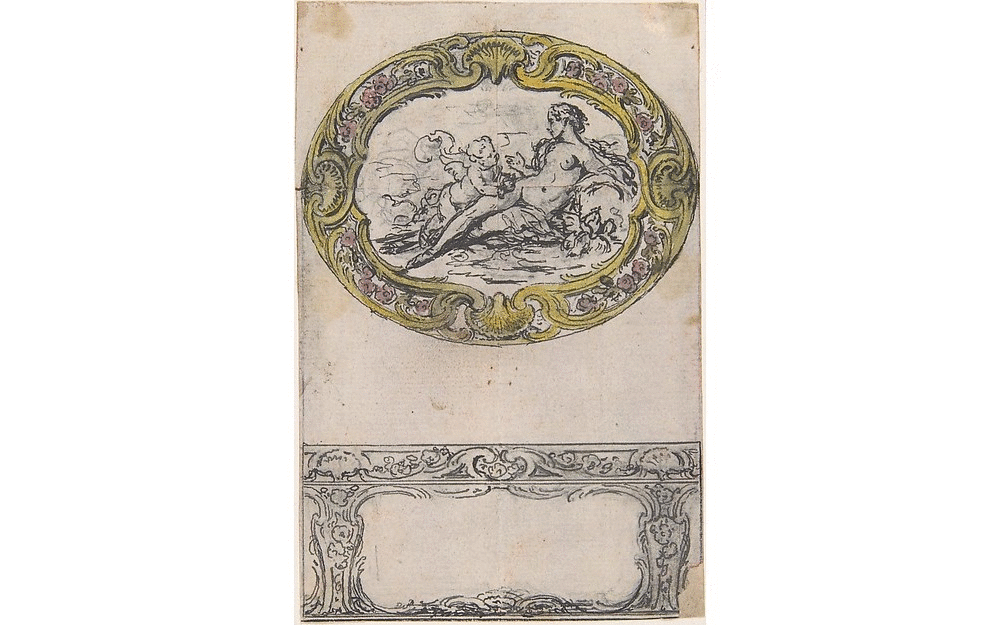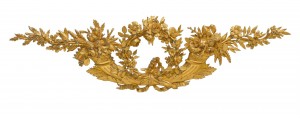EVERYDAY LUXURY
These boxes were not intended to be motionless behind glass cases in museums – their original designs reveal the craftsmanship of all of the boxes’ faces.
All design images have been taken from the collection of the Metropolitan Museum of Art and have been cited in the resources section.
Parisian marchands merciers of the 18th century set the standard for craftsmanship that prevailed through Western Europe. Snuffboxes were the medium trough which many craftsmen were able to display their talents: the painter, the jeweller, the enameler, and the frame-makers (the goldsmiths and the silversmiths). For the most part, artists who contributed remained anonymous, and authorship was determined by the mark of the master goldsmith struck on it.

Snuffbox by Henry Bodson, chased by Gérard Debeche, Paris (France), c.1768/9
The Bodson-Debeche gold box is an example of the collaboration that often occurred between craftsmen.
Some boxes were made entirely of gold – polished, matted, chased, engraved, and even tinted. The boxes that were entirely of gold gave the goldsmith and ciseleur (chaser) free reign, but limited the Masters’ to the box’s singular fashion. The role of the goldsmith in the design of the mixed-media boxes was limited to the execution of decorative panels and borders.
The video of a box recreated in Rhino3D reveals the three-dimensionality and dynamics of a snuffbox in motion.
The admiration and awe brought about by viewers of these boxes was rarely credited to these key players – instead, the handler of the box, the men and women who would expertly draw them from their pockets, twirl them in such a way as to seamlessly open their lids and retrieve their contents, were able to claim credit for their article of jewellery.

